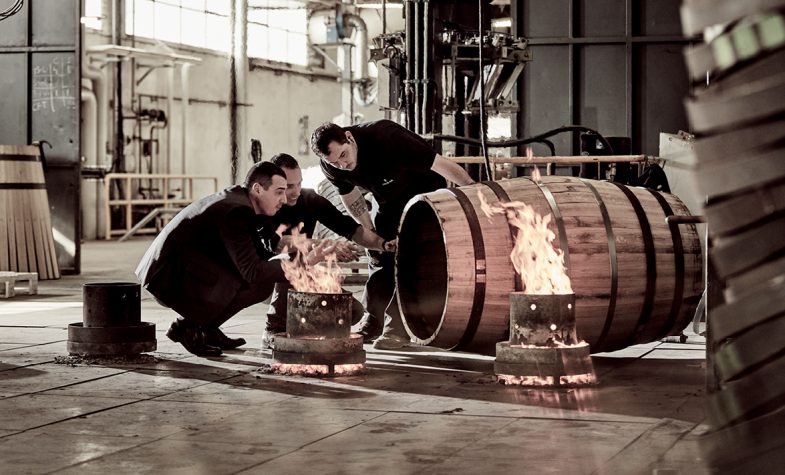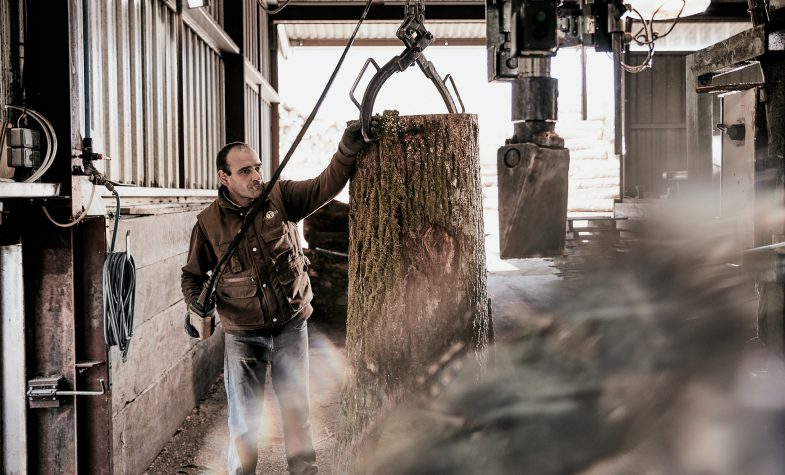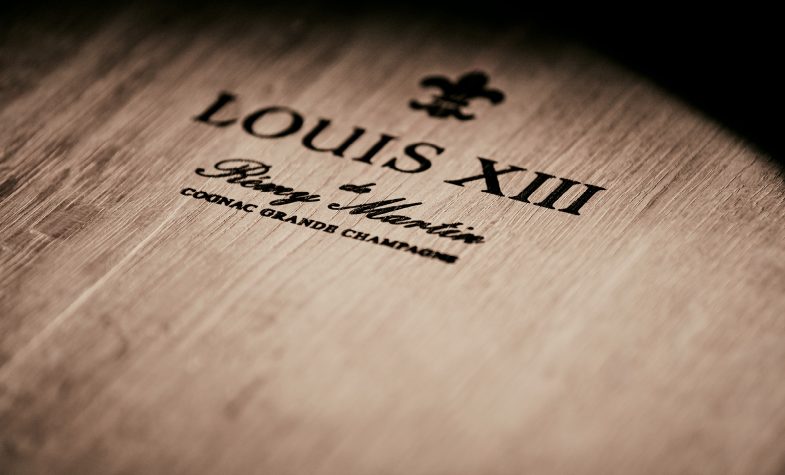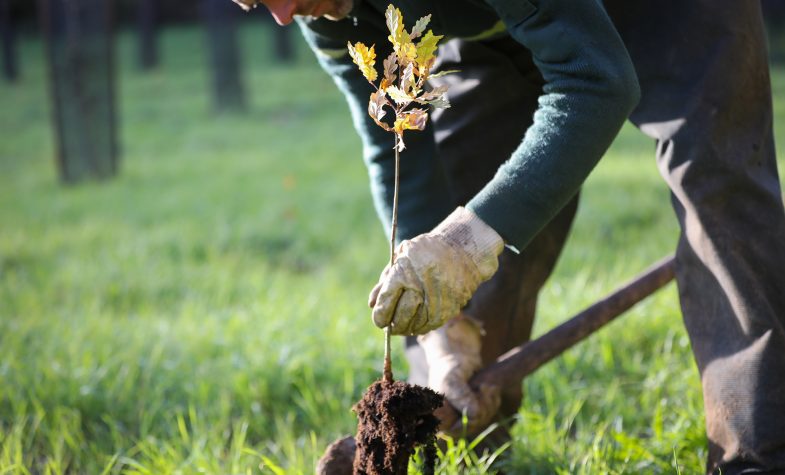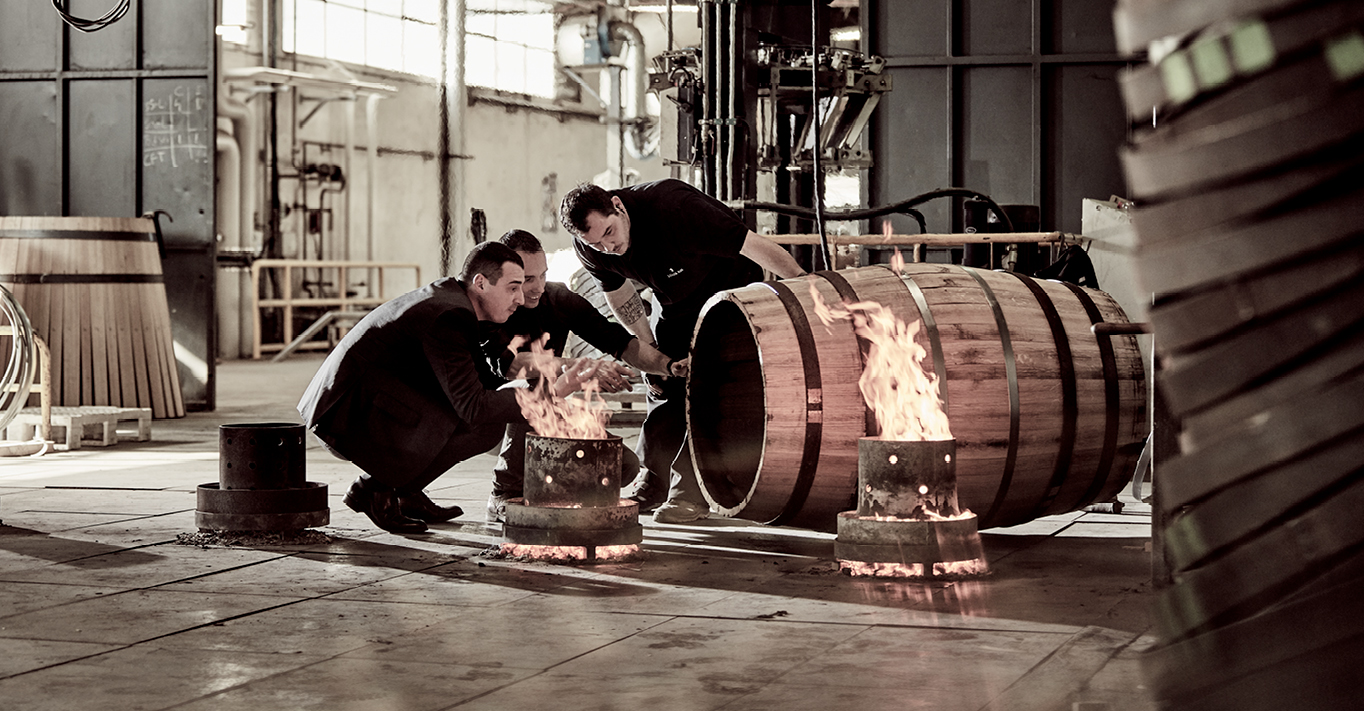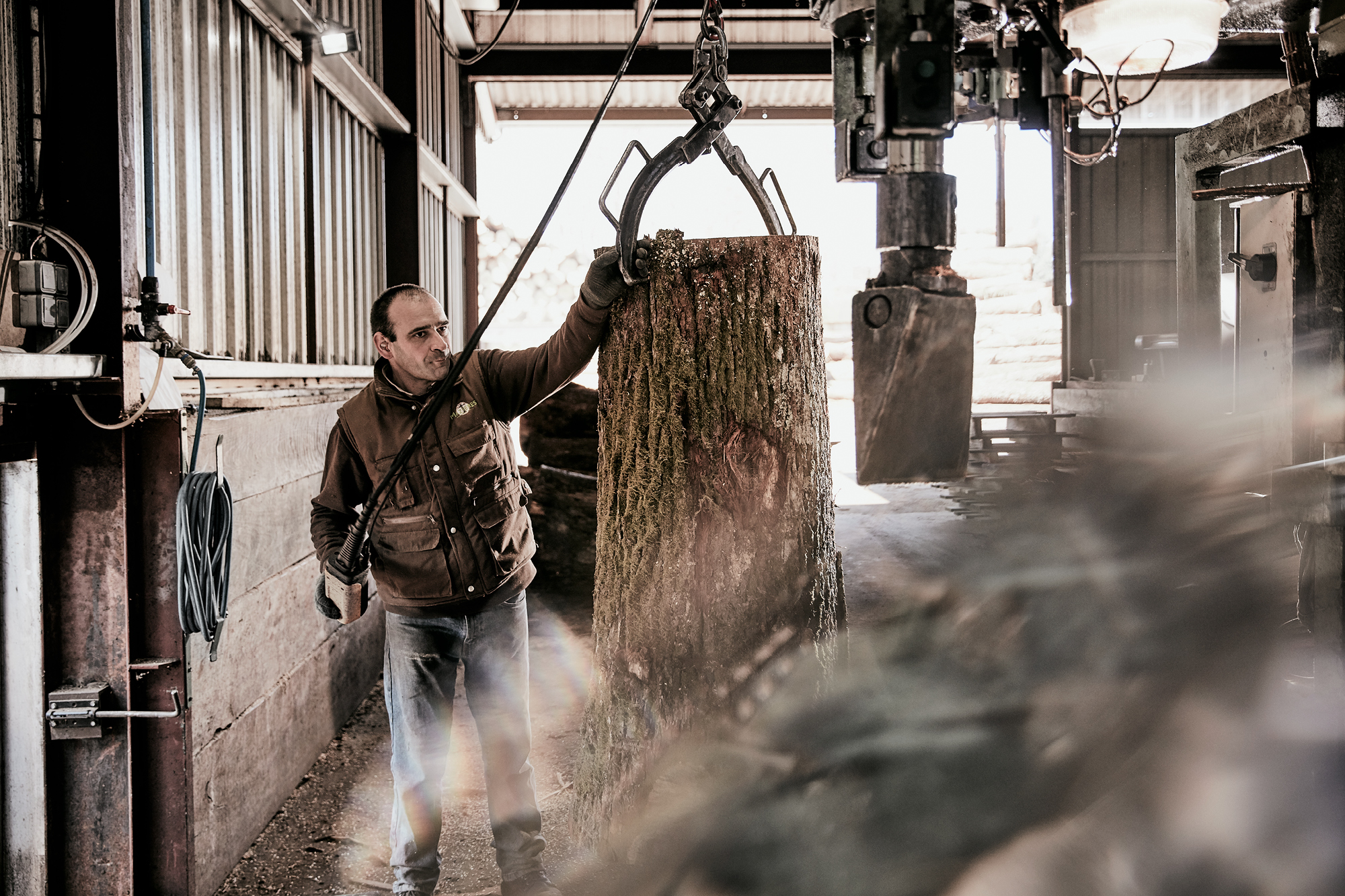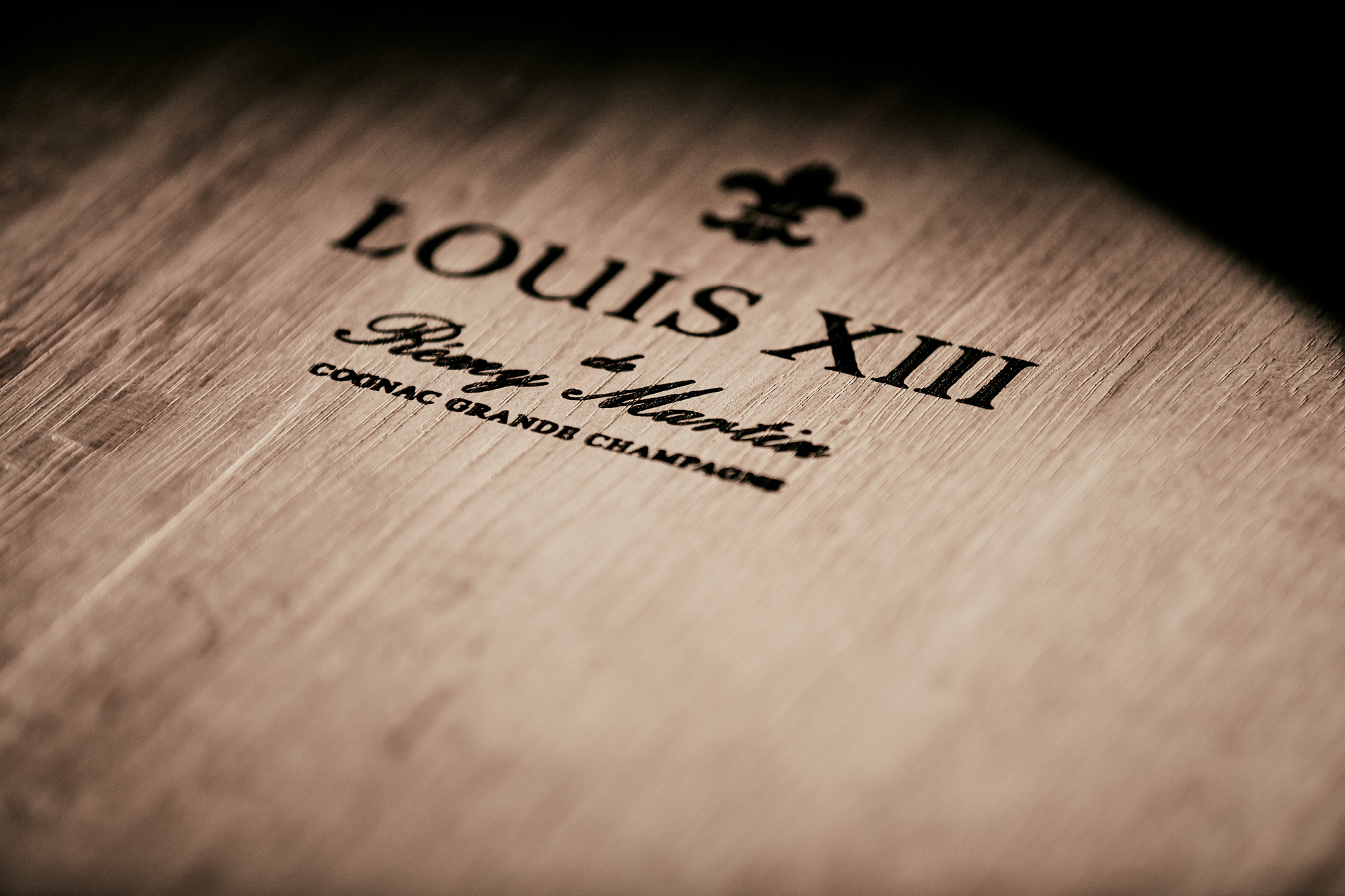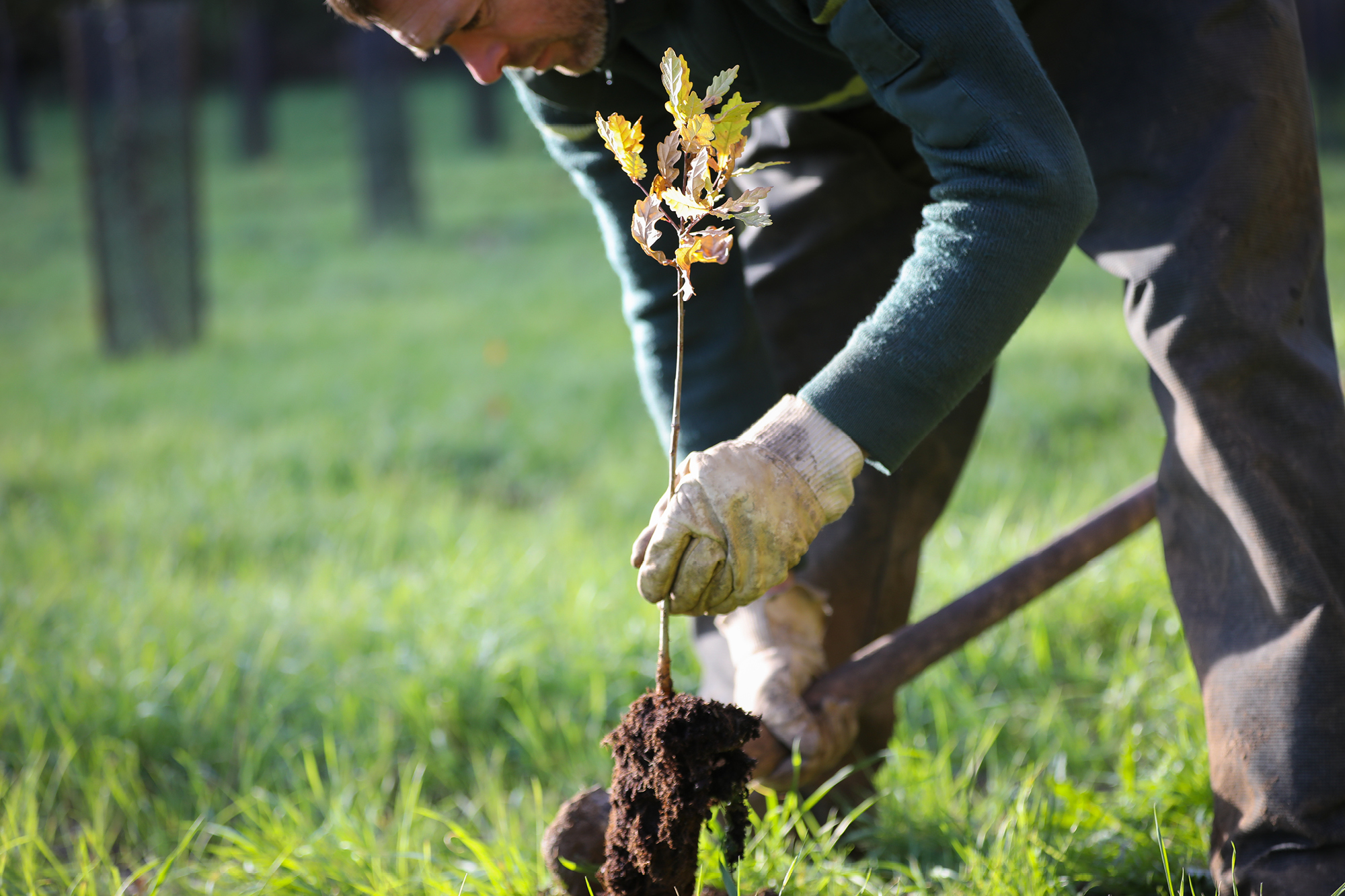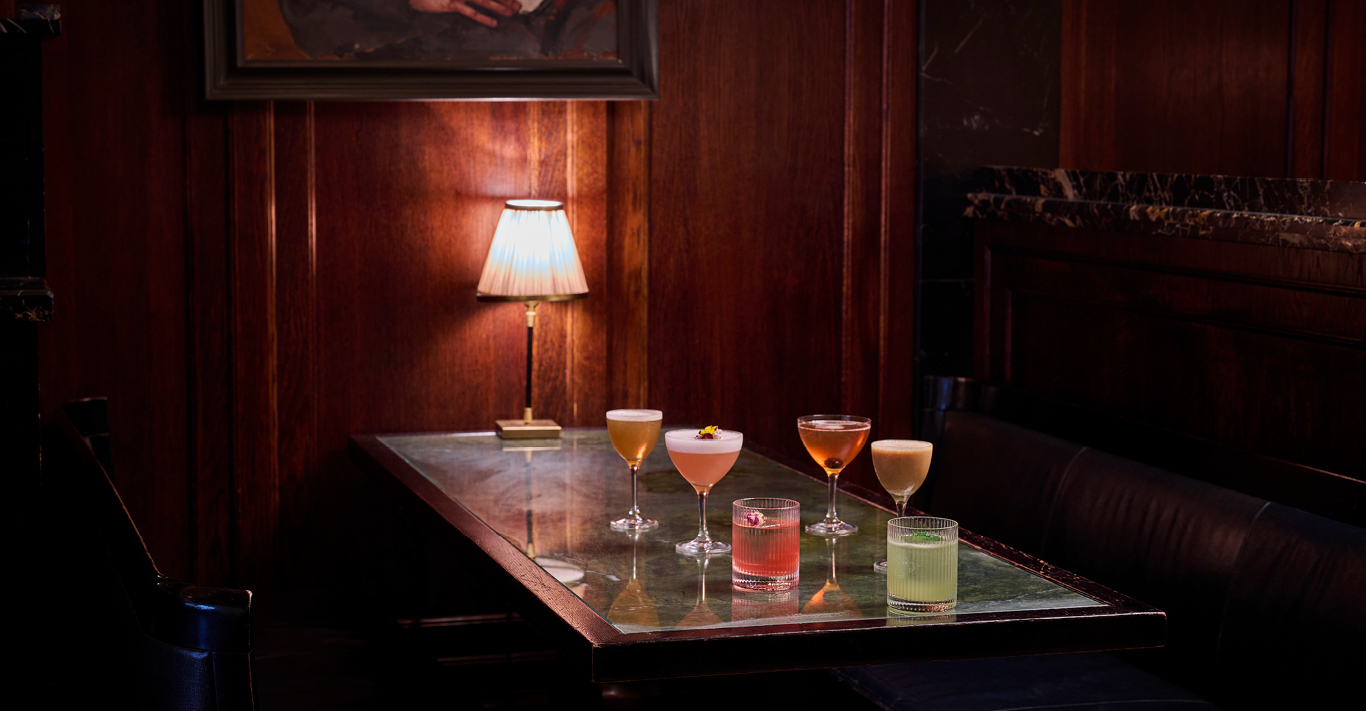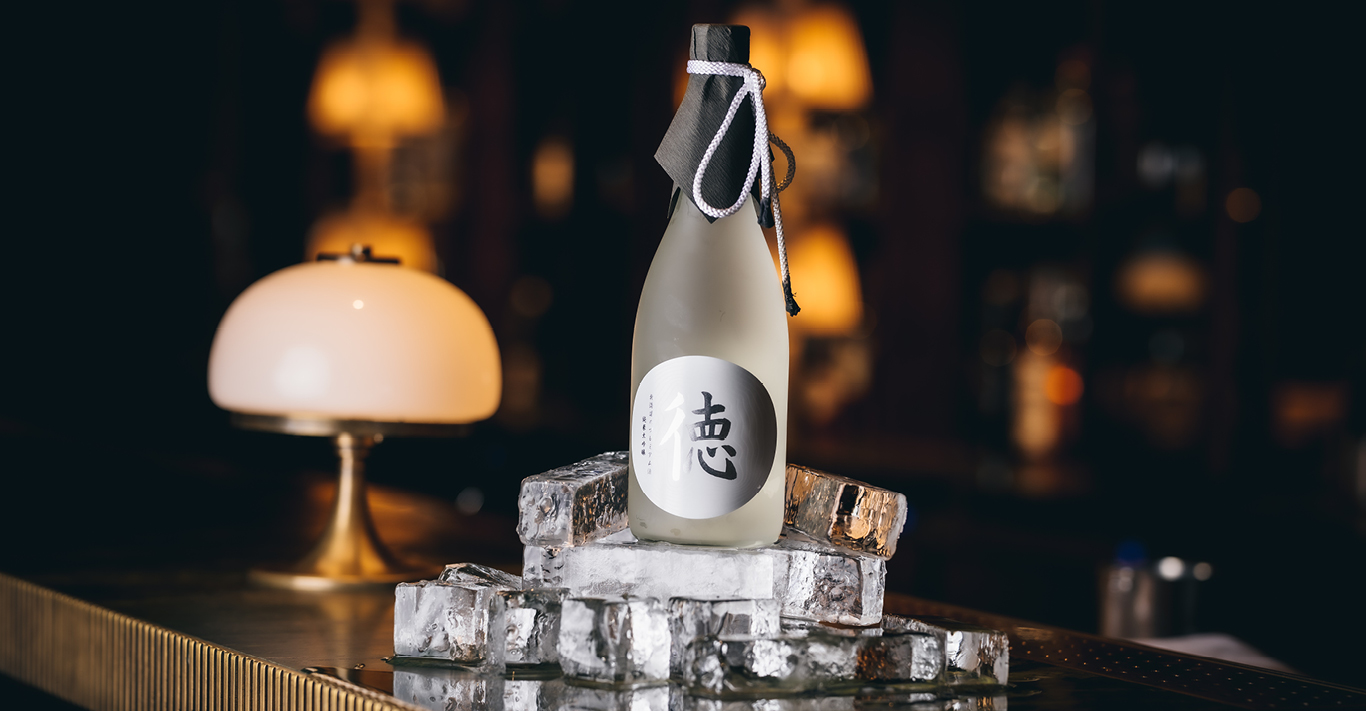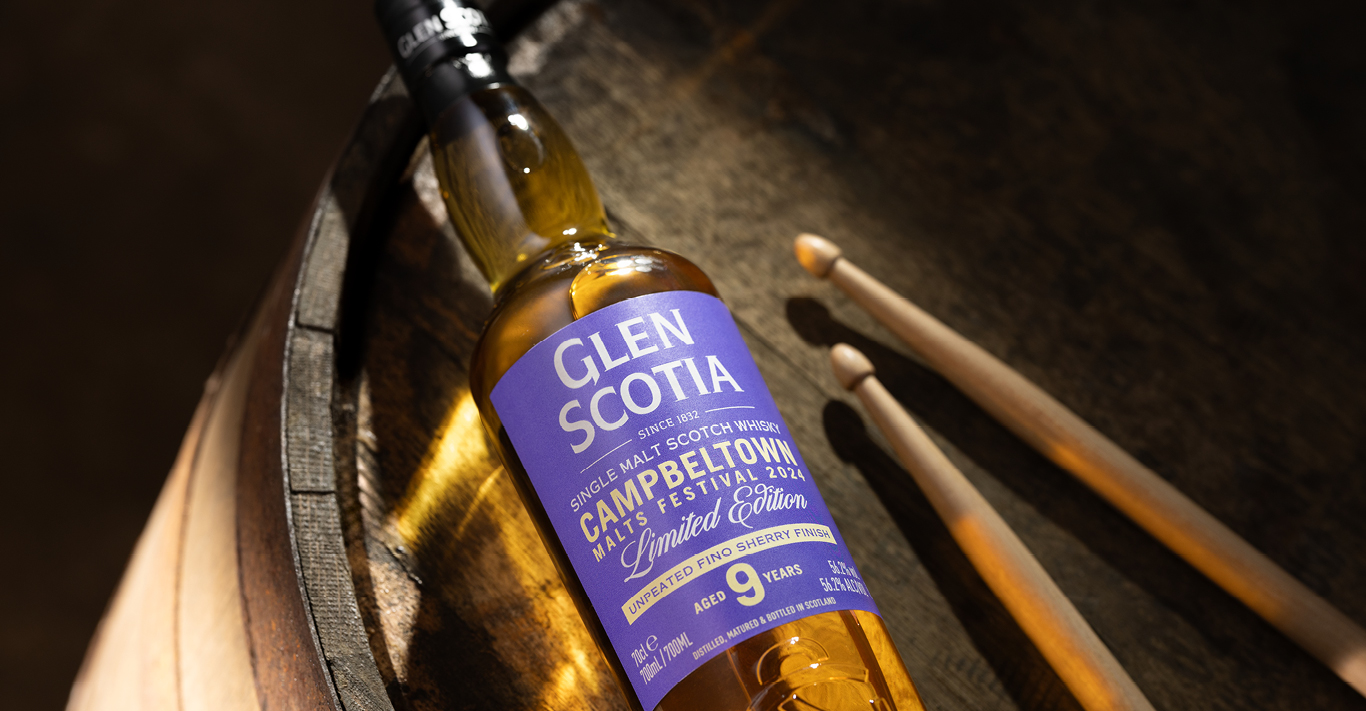WORDS
Katie Wyartt
While many luxury brands are taking admirable steps to improve their carbon footprints and increase their sustainability credentials, some are only able to go so far. But when the survival of your product is wholly reliant on natural materials and certain climatic conditions, protecting the environment is of the upmost importance.
A pioneer in this field is Louis XIII cognac, which has undertaken a number of high-profile climate-change awareness projects in recent years, such as the 100 Years music project with Pharrell Williams. The publicity generated from a project like this is of course welcome, but for Louis XIII it’s about more than that. It all goes back to the quality of the soil and the grapes in Cognac’s Grande Champagne region (the Rolls-Royce of vineyards), from where Louis XIII harvests its grapes and then distils them to make an eau-de-vie (or ‘water of life’) that will one day become part of the Louis XIII blend.
Individual eaux-de-vie are laid down to age in oak barrels in the Louis XIII cellars for many decades, being extracted from their barrel for blending only when the cellar master deems them to be of sufficient quality for this prestigious cognac. For the current cellar master, Baptiste Loiseau, this means working with eaux-de-vie that were selected and laid down to age by his predecessors. He, in turn, is selecting the new eaux-de-vie for his successors to draw on in the future. This concept of ‘delayed gratification’ as Loiseau calls it, runs through Louis XIII, with every part of the production process requiring time and patience.
It’s with this in mind that Loiseau embarked on an ambitious project in 2012, to restart the manufacturing of tierçons, the traditional, uniquely shaped cognac oak barrels that are considerably larger than the oak barrels typically used for ageing wines and spirits (1.4m long versus 1.095m). Keen to respect traditional production processes and maintain the consistency of the Louis XIII blend, Louis XIII still ages much of its new eau-de-vie in tierçons, from which the liquid can extract just the right amount of tannin and aroma. But production of these unique barrels ceased in the 1970s, as they were time-consuming to make by hand and it wasn’t easy to source oak staves of the required length. With no new tierçons available, Loiseau decided to start up the production process again.
The company turned to Seguin Moreau, a renowned cooperage in the Cognac region with roots dating back to 1838, which now has a team of master craftsmen who work on tierçons for Louis XIII – repairing old ones, where possible, as well as making new ones from scratch. The entire process is done by hand, using traditional tools and techniques, and the first batch of new tierçons were made in early 2017, with just 15-17 being produced each year since.
Each tierçon is made from 35-40 large-grain staves, taken from the heart of an ancient oak tree and then left outside to ‘season’ for three years. The wood comes from the nearby Braconne Forest, which is carefully managed by the Office National des Forêts (ONF), with which Louis XIII works closely to ensure the trees felled for making the tierçons (typically 150-180 years old) meet their exacting standards – tall and straight, with the desired wide grain and free from scarring.
The ONF ensures the biodiversity of the forest is protected and that it is sustainably managed – constantly monitoring the health and growth of every single tree and planting a new tree for every one that is felled. It’s a process that has all the hallmarks of a commendable 21st-century sustainability plan, yet it has in fact been carried out like this for centuries – the current management team have a handwritten forest management plan from 1870, which they still refer to.
It’s proof that, just like the Louis XIII cellar masters and the master coopers at Seguin Moreau, the forest managers also rely on transmission of knowledge between generations, ensuring that traditional techniques and craftsmanship are preserved for the future.
As further proof of its commitment to the future, in November 2019 Louis XIII planted 825 oak saplings within its estate. The trees will be carefully managed by the ONF over the decades, so that some of them can be used to make tierçons for Louis XIII in 150 to 180 years’ time. Like everything with Louis XIII cognac, it should be worth the wait.


